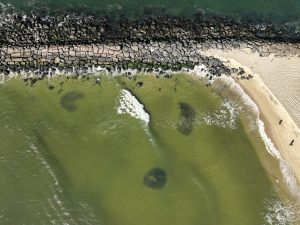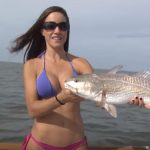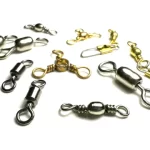Jetties are iconic fishing spots, offering unique and productive opportunities for anglers. These man-made structures attract a diverse range of fish species due to their ability to concentrate bait and create favorable feeding conditions.
Understanding Current Dynamics
Jetties are designed to disrupt water flow, creating areas of increased current and reduced current. This interplay of currents is crucial for understanding fish behavior:
- High-Pressure Side: The side of the jetty facing the oncoming current is often a hotspot for fish. The collision of water against the structure creates a trap for baitfish, attracting larger predators.
- Low-Pressure Side: While less active than the high-pressure side, the low-pressure side can still hold fish, especially in calmer conditions or when specific bait species are present.
- Jetty Tips: The tips of jetties are dynamic areas where currents converge, creating eddies and rips that attract fish.
- Flow-Throughs: Gaps or areas with fewer rocks in the jetty can create small channels where water flows through, concentrating bait and attracting predators.
- Corner Pockets: The intersection of the jetty and the shoreline can trap bait, making it a prime feeding area for fish.

Effective Fishing Techniques
- Precision Casting: Cast your lures or bait close to the structure, often within a few feet of the rocks.
- Vary Your Retrieval: Experiment with different retrieve speeds and techniques to entice strikes.
- Pay Attention to Tides and Weather: Tides and wind can significantly impact fishing conditions, so adapt your approach accordingly.
- Observe Fish Behavior: Watch for signs of fish activity, such as surface feeding or breaking water.
- Persistence: Jetty fishing can be challenging, but persistence often pays off.
By understanding the dynamics of jetties and employing effective fishing techniques, anglers can increase their chances of catching a variety of fish species.
Image/Source: saltwatersportsman





